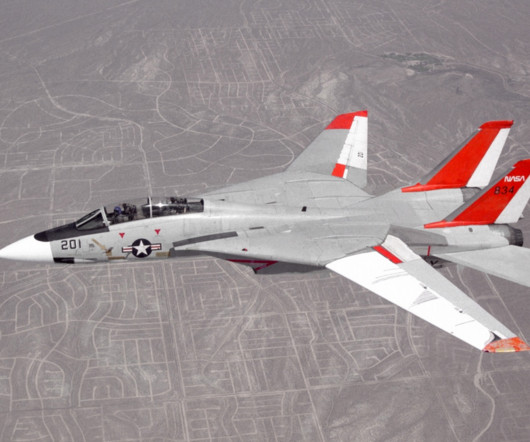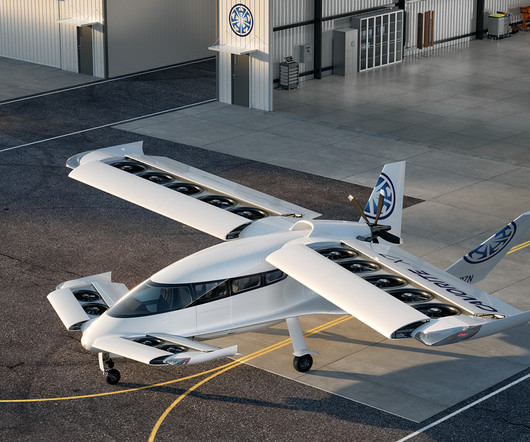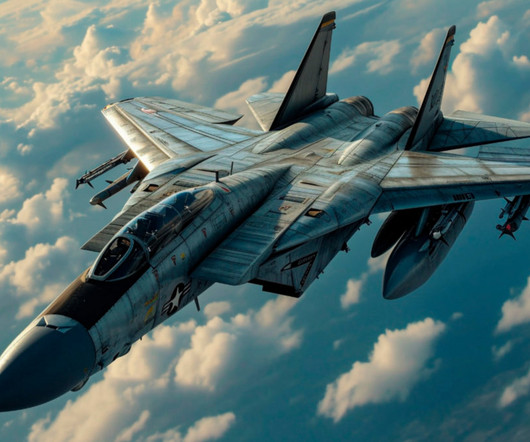Horizon Aircraft reaches milestone with X7 eVTOL transitioning to forward flight
Aerotime
MAY 16, 2025
It features a forward-swept main wing, plus a smaller set of horizontal canard-style stabilizers mounted on the forward fuselage. The aircraft also has twin-boom vertical stabilizers to the rear and a monocoque cabin that can accommodate up to six passengers, plus the operating pilot.












Let's personalize your content